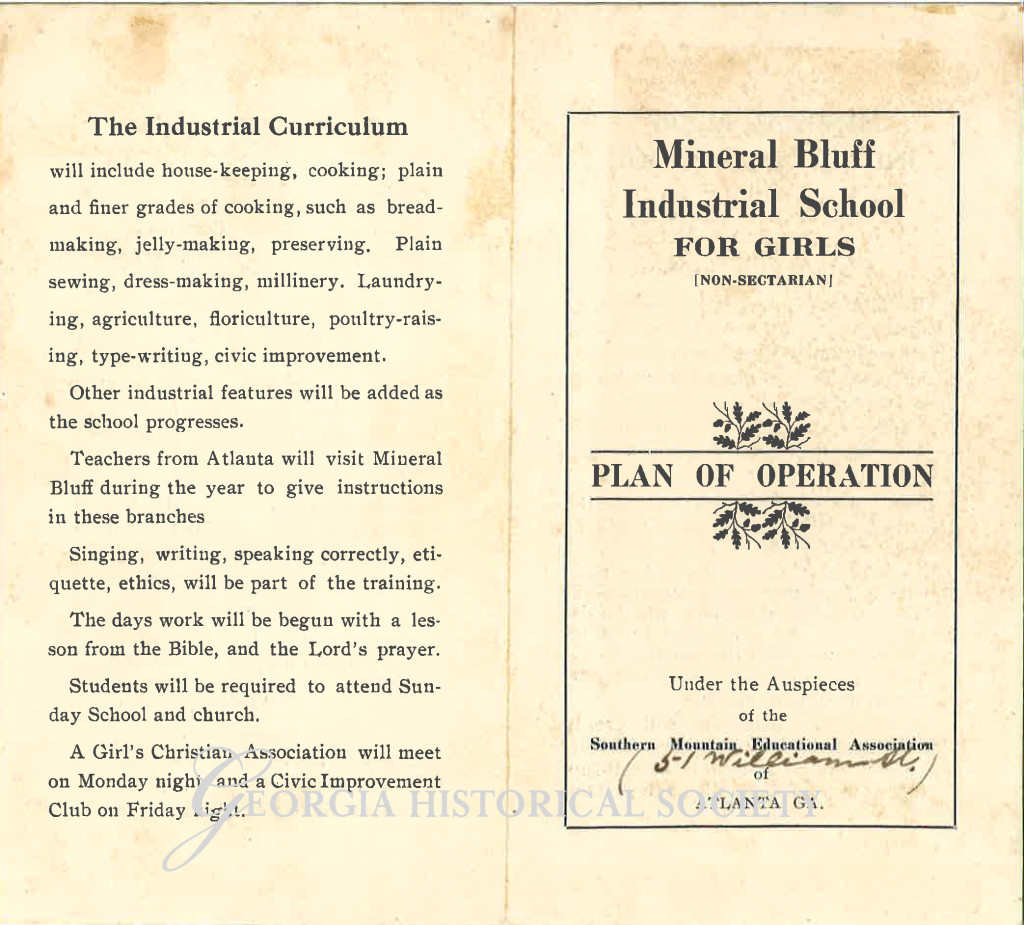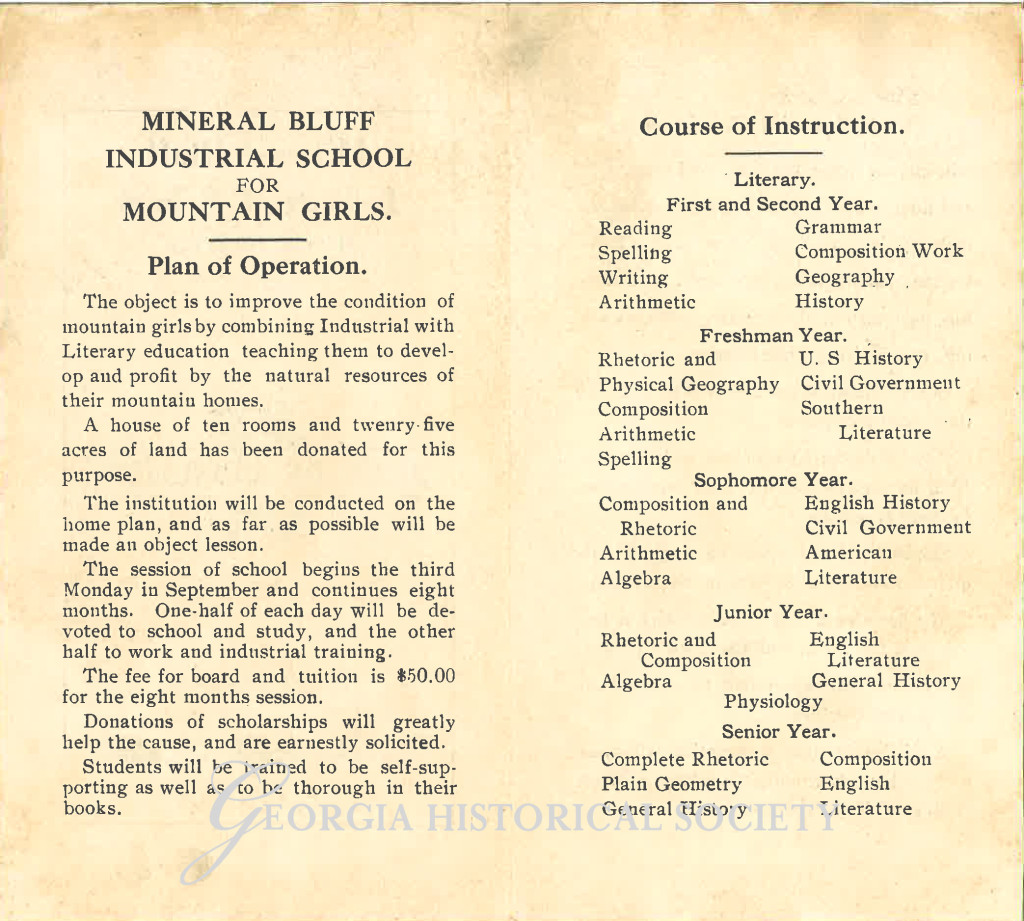With the 50th anniversary of the Elementary and Secondary Education Act (ESEA) and Georgia Milestones on teachers’ minds this month, we thought you might enjoy a primary source spotlight featuring education reform from Georgia’s past. The collection items below offer a window into progressive-era ideas about education and reform in the late 19th and early 20th centuries. Progressive reformers in Georgia called for increased government spending on school facilities, consolidating small rural schools, and standardizing school attendance. Reformers in Georgia and philanthropists from the North established schools for impoverished children in addition to lobbying for changes to the state’s laws and spending policies.
Reforms from this time period continue to impact public education in Georgia today. For example, in 1916, the Georgia Assembly passed the first law requiring mandatory school attendance for children between ages eight and fourteen for at least four continuous months a year. Today, Georgia students between ages six and sixteen are required by the law to attend a public school, private school, or a home school program for 180 days a year or the equivalent.
Enjoy the primary sources below and take advantage of the links to explore this topic further.
“Plan of Operation” Southern Mountain Educational Alliance Pamphlet, circa 1909-1911. Mineral Bluff Industrial School for Mountain Girls Records, MS 1464.
On September 18, 1911, the Mineral Bluff Industrial School for Mountain Girls opened its doors to girls living in Georgia’s Blue Ridge Mountains region. The school was managed and partially funded by the Atlanta-based Southern Mountain Educational Association (SMEA). SMEA was founded by journalist and reformer Helen Gray. Gray also founded the Southern Woman’s Economics and Political Science Association in New Orleans. Journalists like Gray played a very prominent role in the progressive movement. Martha Berry, a contemporary of Helen Gray, is perhaps the most famous Georgian to promote education among the residents of Georgia’s mountain region.
Photographs of Henry Ford in Richmond Hill, Georgia, circa 1930s. James H. Cobb, Jr. Photographs, MS 1437.
Georgia’s schools were segregated during the Progressive Era. Many of Georgia’s most famous progressive reformers, such as Rebecca Latimer Felton, were segregationists and mainly supported education reforms and programs for Georgia’s white students. Northern philanthropists, such as Julius Rosenwald and Henry Ford, established funds to build new schools for African-American students. These schools were primarily industrial schools influenced by the ideas of Booker T. Washington. Henry Ford’s efforts, which included industrial schools for African-American and white students, were largely concentrated in modern-day Richmond Hill, Georgia where he owned about 85,000 acres of land.
Additional Primary Sources:
- The Place and Importance of the Common School: An Address Before the Convention of County School Commissioners, Delivered in Athens, Georgia, Wednesday Evening, May 4th, 1910
- Survey of the Schools of Glynn County Georgia, 1920
- A School Building Program For Athens, Georgia, 1921
- School Hygiene: A Report of the Sanitary Inspection of Rural Schools of East Tennessee and Northern Georgia, 1915
- School Architecture: Plans and Suggestions for Building One, Two, Three, and Four-room Schoolhouses, 1916
Additional Resources from GHS:
- Online Exhibit: Encounter & Exchange (Progressive Encounters)
- Opening America’s Archives Primary Source Set 2 (Civil War, Reconstruction, and the New South) *see especially SS8H7 and the lesson plan featured in the Teacher Guide for Primary Sources Set 2.
- Historical Marker: The Hiram Rosenwald School
- Historical Marker: Barney Colored Elementary School
- Historical Marker: E.D. Stroud School
- Historical Marker: Berry School’s Old Mill
- Historical Marker: Haven Home Industrial Training School
Additional Articles from New Georgia Encyclopedia:



This article was helpful. Thank you! 🙂